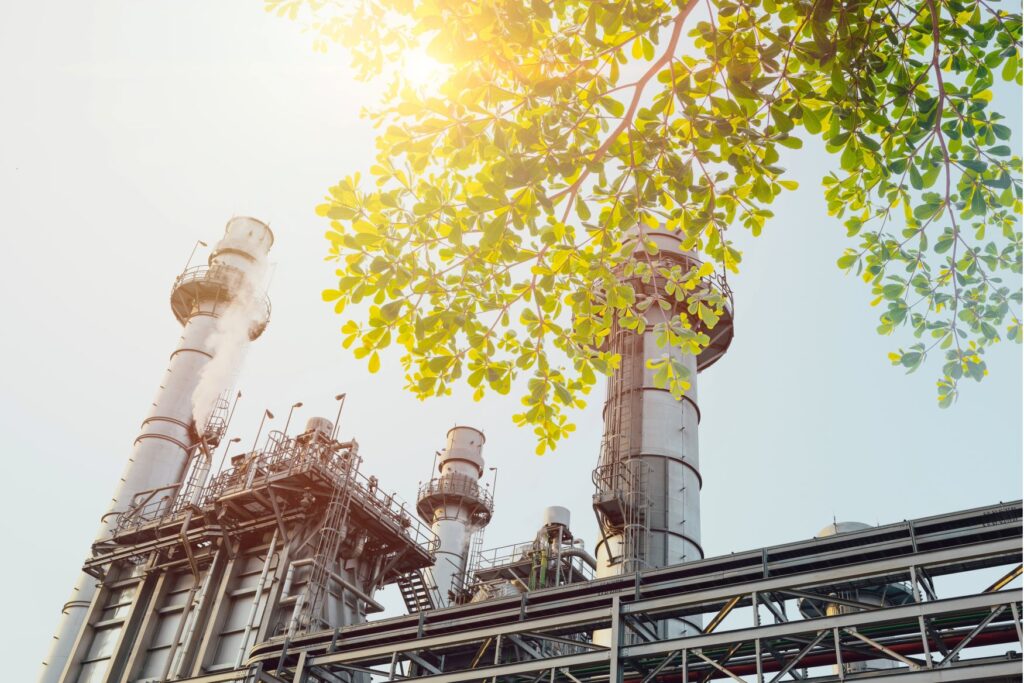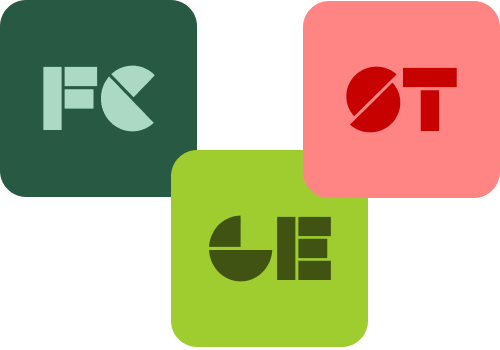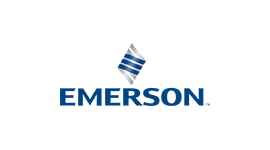Energy Transition
De-risk projects, meet regulatory requirements and investor expectations, and drive financial targets with expert simulation technology and consulting services.
Our carbon, hydrogen, and geothermal solutions allow organizations to assess and implement low-carbon energy technologies for a sustainable and secure energy future.


Determine Capacity and Reliability
Ensure contracting requirements are met by determining the storage capacity of the reservoir.
Assess storage reliability by understanding the injection rate parameters of the reservoir for single or multi-well projects.
Mitigate Risk
Model CO2 trapping mechanisms to understand the extent of plume migration to mitigate corporate risk and project cost escalation.
Reduce the risk of using saline aquifers for disposal or carbon sequestration through sensitivity analysis.
Mitigate corporate risk and project cost escalation by minimizing hydrogen loss due to trapping.
Achieve Compliance
Support regulatory approval.
Ensure proper surface network design to meet production and injection requirements.
Assess uncertainty and reduce environmental and safety concerns by assessing the potential for fault reactivation.
Partnering with the Energy & Environmental Research Center
The Energy & Environmental Research Center (EERC) has been using CMG simulation software for over 15 years on dozens of projects, including #CCS technology development. EERC CEO Charles Gorecki says using CMG software reduces risk in CCS projects with the ability to “make better predictions going forward to help give confidence to the regulator and the public that CO₂ is being safely and permanently stored.”
STARS
Thermal and Advanced Processes Simulator
STARS™ is the undisputed industry standard for the advanced modelling of recovery processes involving steam, solvents, air and chemicals. Investigate the effects of steam processes on heavy oil recovery by accurately modelling the effects of complex thermal phenomena.
- Complex Wellbore Modelling
- Geothermal
- Hydrogen Production and Storage
- Reservoir Souring
- Complex Reaction Modelling and Geochemistry
GEM
Compositional and Unconventional Simulator
GEM™ is the world-leading Equation-of-State (EoS) reservoir simulator for compositional, chemical and unconventional reservoir modelling. Accurately replicate the subsurface fluid flow and interactions to assist in field optimization and to maximize hydrocarbon recovery.
- Carbon Capture & Storage (CCS)
- CO2 EOR
- Enhanced CBM with CO2 Sequestration
- Geothermal
- Hydrogen Generation and Storage
- Helium Production
Focus CCS
All-in-One Simulation Platform
Focus CCS is the easy-to-use simulation tool for early-stage viability and planning studies for CCS. Powered by CMG’s industry-leading physics, use guided workflows to simulate and validate asset viability (without compromising accuracy), in minutes instead of days.
- Reduce Risk of CO2 Leakage
- Access More Storage Capacity
- Simplified and Guided CCS Workflows
- Fast Model Building and Results
- All-in-One Simulation Platform




